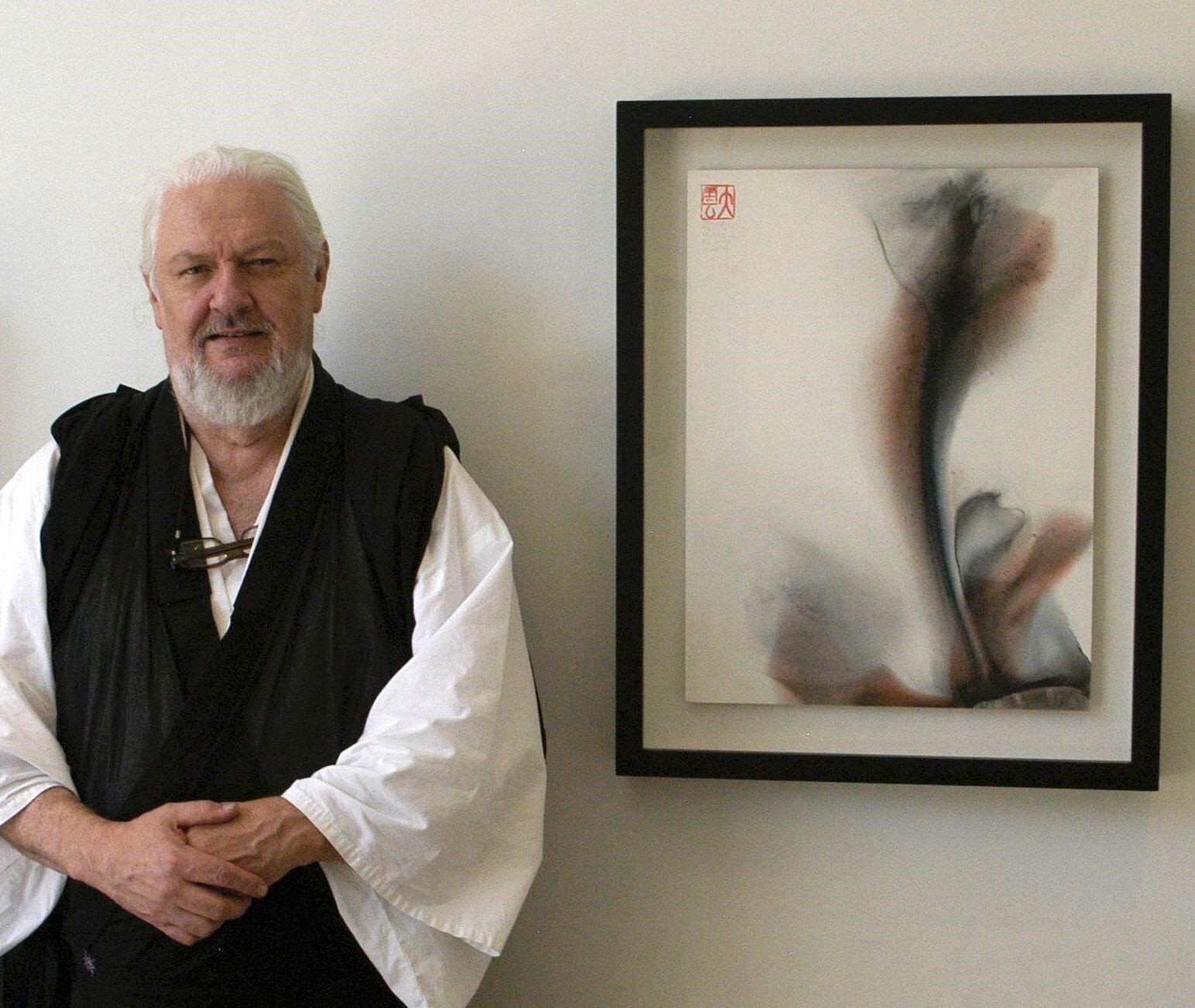14. Zazen Quartet 2: 24 by 7
SUBSCRIBE TO UNMIND:
RSS FEED | APPLE PODCASTS | GOOGLE PODCASTS | SPOTIFY
Zazen anytime…
no matter what, when or where —
settle down and sit.
The thing about zazen is that it travels light. It doesn’t require any special equipment, though the zafu — the sitting cushion designed with zazen in mind — is quite special in its simplicity of design, form following function. I have tried to improve upon it myself and have found that it is almost impossible. Zazen itself is irreducible in its simplicity. Just sit still enough, for long enough.
The traditional posture, sitting cross-legged with the hips elevated above the knees, is a bit easier to attain and sustain with the help of the cushion. But a folded blanket will do in a pinch. And sitting upright on a chair, with feet on the floor, yields most of the benefits of the posture. What is missing may be in the 5% range of the optimal. Not a deal-breaker.
So when traveling from hotel to hotel, when waiting on medical or dental appointments, when driving, when waking in the middle of the night, just sit a bit. Even when doing other things, the body can assume the posture. Motor muscle memory takes over, arching the small of the back, stretching the neck. The breath slows down automatically. The mind opens up to a broader and deeper take on the moment.
Grandpa used to command us, in a loud voice, to “Settle down!” when our hyperactivity became too raucous. Buddha is said to have likened the process of stilling the mind (in Pali or Sanskrit, shamatha) to leaving a jar of turbid water alone. Rather than picking it up and shaking it, which disturbs the particles suspended in it, rendering the liquid opaque, let it sit on the shelf for some time. The material will sink to the bottom gradually, regaining the transparency of the fluid. One can see clearly now the colloidally suspended solids are gone. Of course, they are still there, lurking at the bottom of the jar, in thrall to gravity. The slightest disturbance will send them flying again.
To extend the metaphor, if you leave the jar alone for long enough, I suppose that the solids would congeal, perhaps forming an unperturbable sediment, much like the formation of stone layers of the earth’s mantle. In time, if the jar is left uncapped, the water will evaporate, leaving the jar filled with the even-more-transparent air. Perhaps this is analogous to our zazen over time resulting in altered traits of a more permanent nature, rather than temporary altered states. (With a shout-out to Daniel Goleman.)
Another analogy I have used before was volunteered by a student of Zen: the super-saturated salt solution. In another jar, the crystals are stirred into the water but cease dissolving at an early point of relative saturation, swirling around the bottom of the jar. Then heating the water on the Bunsen burner causes more of the crystals to dissolve, achieving a higher level, approaching super. When the mixture is allowed to cool, at one point dropping a single tiny salt crystal into the mix catalyzes an instant change of state. From liquid to crystal in the flash of an eye.
The first example is sometimes expressed as “refraining from” while sitting in zazen, from Master Dogen. We refrain from all the other distractions that are catnip to the monkey mind. Just for the moment, just for now, we refrain from monkey business. The second example suggests that there is a cumulative effect over time, that rather than considering concentration as an intentional effort in this moment, we take the long view that true concentration will occur over time, until we are more and more concentrated, ripe and ready for the change of state — a transformational moment.
At that moment, any ordinary event — a stone, swept from the sidewalk, striking bamboo — a frog splashing into a pond — may trigger a profound insight.
Unfortunately, such visualization and verbiage tend to conjure expectations, which are likely to be disappointed. And being disappointed, we cannot help but feel discouraged. So we continue, sitting “without relying on anything,” including the veracity of our analogies; and “making effort without aiming at it,” which saves us from our own expectations. A nod to Master Dogen, or perhaps more traditionally, a bow, for both correctives.
Zazen is something special, but it does not require extraordinarily special circumstances. We can return to Zen in a trice, anywhere, anytime, and no matter what the situation. Then when we do get the opportunity to fully engage in zazen, sitting on the cushion at home, or in more formal settings at the Zen center and with others, the specialness of Zen and its meditation is profoundly illuminated. Like a laser beam, a microscope, a magnifying glass, or a flashlight on a dark night — choose your instrumental metaphor — we can thoroughly examine the Great Matter with the focused intensity that is its due.
Zenkai Taiun Michael Elliston
Elliston Roshi is guiding teacher of the Atlanta Soto Zen Center and abbot of the Silent Thunder Order. He is also a gallery-represented fine artist expressing his Zen through visual poetry, or “music to the eyes.”
UnMind is a production of the Atlanta Soto Zen Center in Atlanta, Georgia and the Silent Thunder Order. You can support these teachings by PayPal to donate@STorder.org. Gassho.
Producer: Kyōsaku Jon Mitchell


